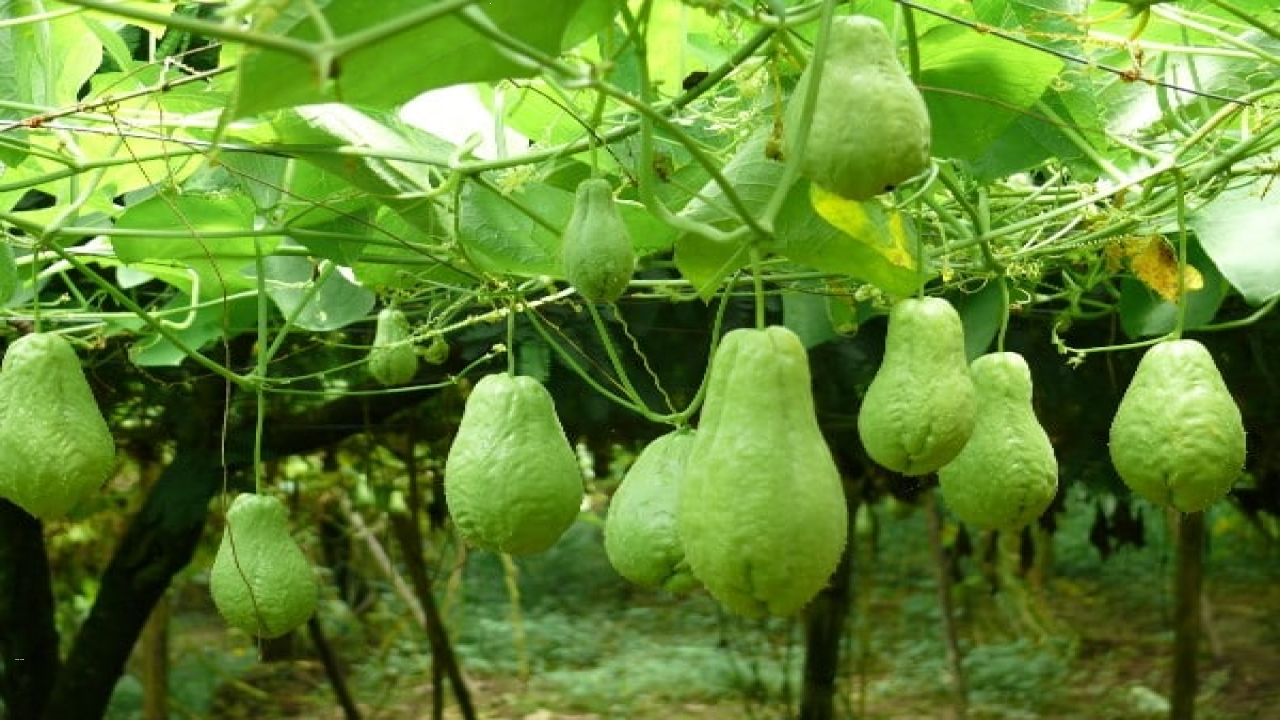What is chow-chow?
Chow-chow, also known as chayote, is a vegetable that belongs to the gourd family, Cucurbitaceae. It is not easily available in markets but is a popular ingredient in the cuisine of certain Indian states. In this article, we will explore the origins, consumption, and potential of chow-chow.
Origins of Chow-Chow
Chow-chow originated in Mexico and was introduced to India in the late 1800s by Welsh missionaries. Over time, it has become a popular ingredient in the cuisines of northeastern and southern states of India. The vegetable is known by different names in different parts of the country, such as iskut in Mizoram, piskot in Meghalaya, and lonku in Himachal Pradesh.
Consumption of Chow-Chow
Chow-chow is a versatile vegetable as almost every part of the plant can be consumed. The fruits, tender shoots, young heart-shaped leaves, and even roots are edible. The fruits and tender leaves are usually available from June to December, while the tuberous roots are available between January and March after the vines dry up.
Chow-Chow in Indian Cuisine
Chow-chow is an important part of the cuisine in northeastern states, particularly Mizoram, and southern India. It is used in a variety of dishes such as curries, stews, and salads. The vegetable has a mild taste and can absorb flavors easily, making it a versatile ingredient in dishes.
Therapeutic Properties of Chow-Chow
Apart from being a delicious ingredient in cuisine, chow-chow also has several therapeutic properties. It has anti-cardiovascular, antidiabetic, antiobesity, antiulcer, and anticancer properties, making it a valuable ingredient for pharmaceutical, cosmetic, and food industries.
Potential of Chow-Chow for Farmers
Despite its potential, few farmers grow chow-chow on a commercial level due to a shortage of good quality planting material and not much work being done on developing its commercial varieties. However, it can be a lucrative choice for farmers. The government has taken steps to promote chow-chow cultivation among farmers in Mizoram by setting up the Iskut Growers Association and providing subsidies in the form of price support in the 1990s. In 2018, the state’s horticulture department applied for a GI tag for Mizo chow-chow. More than 70 landraces of chow-chow have been found in the northeastern region, indicating the potential for further research and development.
Month: Current Affairs - March, 2023
Category: Science & Technology Current Affairs


